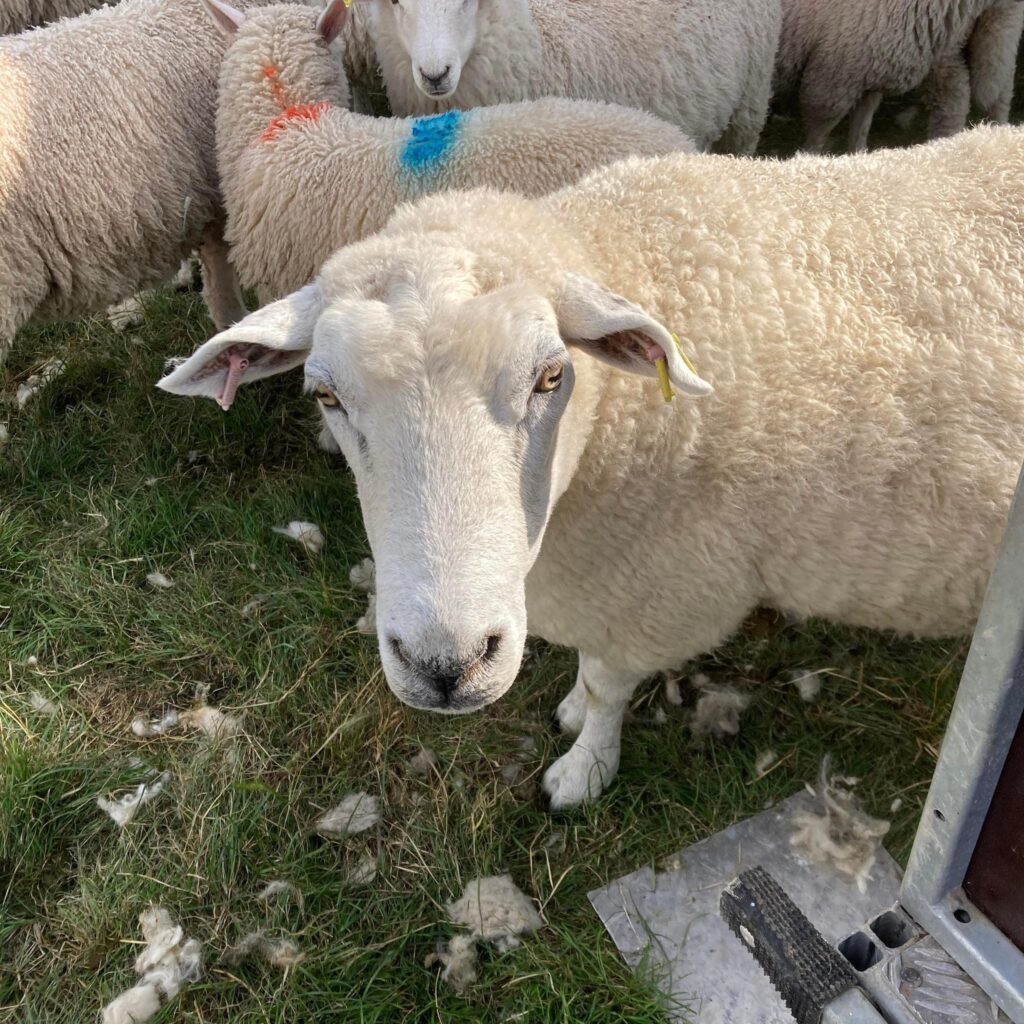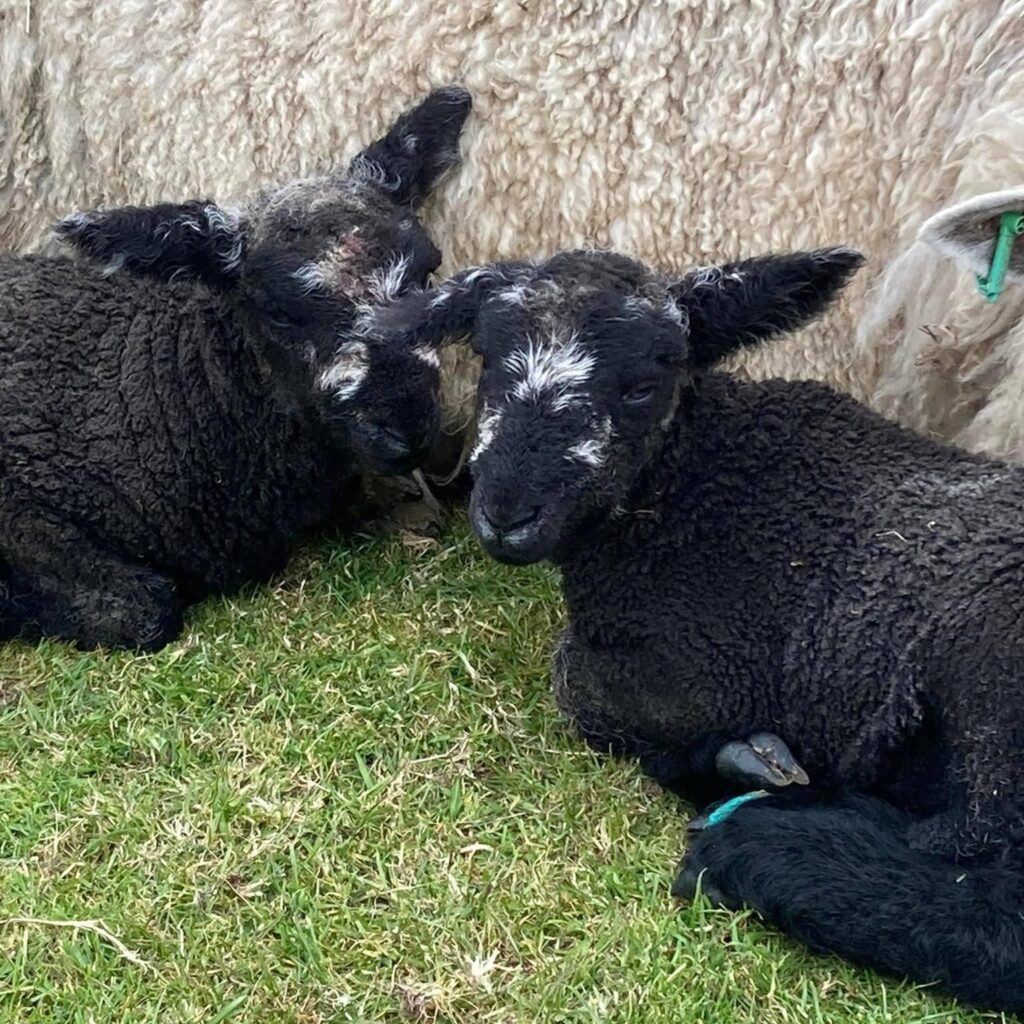Richard and Annie Baker farm around one hundred and forty acres of permanent pasture grassland at East Guldeford, near Rye. With land adjacent to the Brooks Bridge pumping station, one of only four main outlets for all the rain that falls on Romney Marsh to drain out to the sea, they keep a flock of Romney ewes.

Richard tells his family story: “My paternal grandparents moved to East Guldeford from Maplestone Farm in Brede in 1932. There they had a mixed farm which also grew hops and Maplestone Oast can still be seen as a private residence to this day.
“My grandfather started sheep farming and also worked as a looker for other sheep farmers in the area. The lookers were the forerunners of today’s contract shepherds, often keeping some of their own animals alongside their employer’s sheep whilst tending to the main flock.

“Gradually the farm grew to around four hundred acres with approximately two thousand Romney ewes. For some years there was a fleet of lorries – ‘Albion’ and ‘Ford’, to name a couple that heritage transport aficionados may be familiar with. These vehicles carried wool and hay to destinations across southern England. The farm also grew sheep-grazed turf which took a full twelve months to grow to maturity and then the cutting was often by hand with the old ‘turf irons.’ Family legend has it that the Bakers supplied turf for Wembley Stadium.
“In time, the farm concentrated on sheep, my father Howard farming alongside his brothers Basil and Colin. In the early 1980s they decided to farm separately and this was when I joined my father on his share of the land.
“I took on all the tasks of the sheep farming year including learning to shear my own sheep, which I did for nineteen years or more before giving up some five years ago and hiring local contractors to do the job.

“Romney wool is considered to be some of the finest wool in the UK and is suitable both for high quality carpets and apparel. It was therefore particularly pleasing for Annie and me when wool from the 2023 clip was purchased by Laxtons of Yorkshire, high quality yarn manufacturers, under the British Wool traceability scheme. This initiative allows the end-purchaser of wool products to see whereabouts in the UK the wool was grown. This was put into practice by a company called Floc from Derbyshire who sourced yarn from Laxtons to make the scarves and beanie hats they sell. They were so pleased with the traceability of the wool that they came to the farm during lambing this year to take some promotional photos to use on their website – and we got a couple of free hats, too.”
 Today Richard can look back on a sheep farming career that has been by turns physically demanding, financially rewarding and which has seen highs and lows caused by weather, animal diseases and market forces: but overall it has brought a great sense of achievement each year.
Today Richard can look back on a sheep farming career that has been by turns physically demanding, financially rewarding and which has seen highs and lows caused by weather, animal diseases and market forces: but overall it has brought a great sense of achievement each year.
The next article will explain the role of the wool grader and a visit to the Wool Board in Smeath where wool is graded both from local farmers, including Richard and Annie, and from a wider area in the south east.
Image Credits: Annie Baker , Annie Baker , Kt bruce .




My grandfather was a looker and worked at Salts farm in East Guldeford back in the late 40s and 50s. The farm was owned by a Mr Catt My grandfather lived at the ‘White House’ (which was in fact black) and was demolished many years ago when road junction at East Guldeford between the A259 and the Camber Road was realigned and now goes over the site of the property